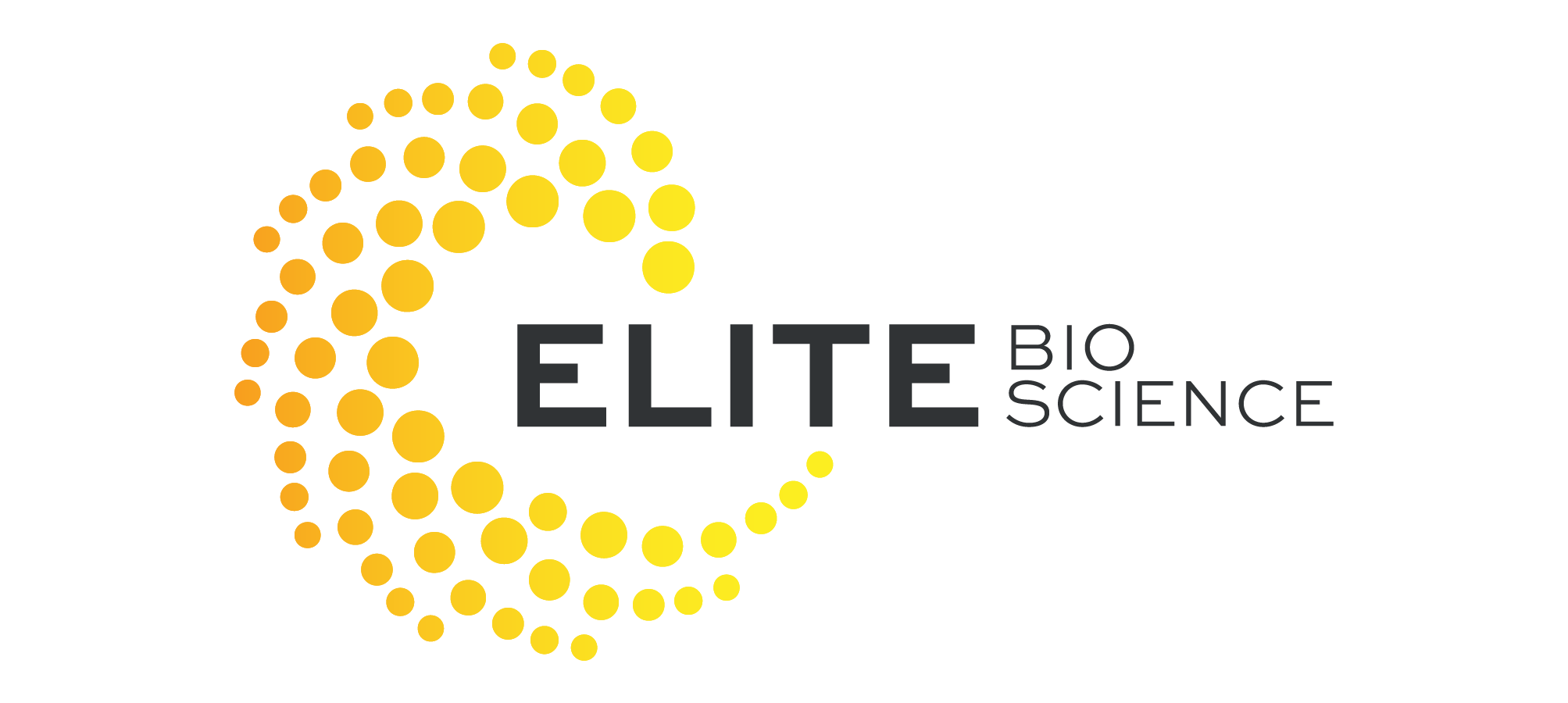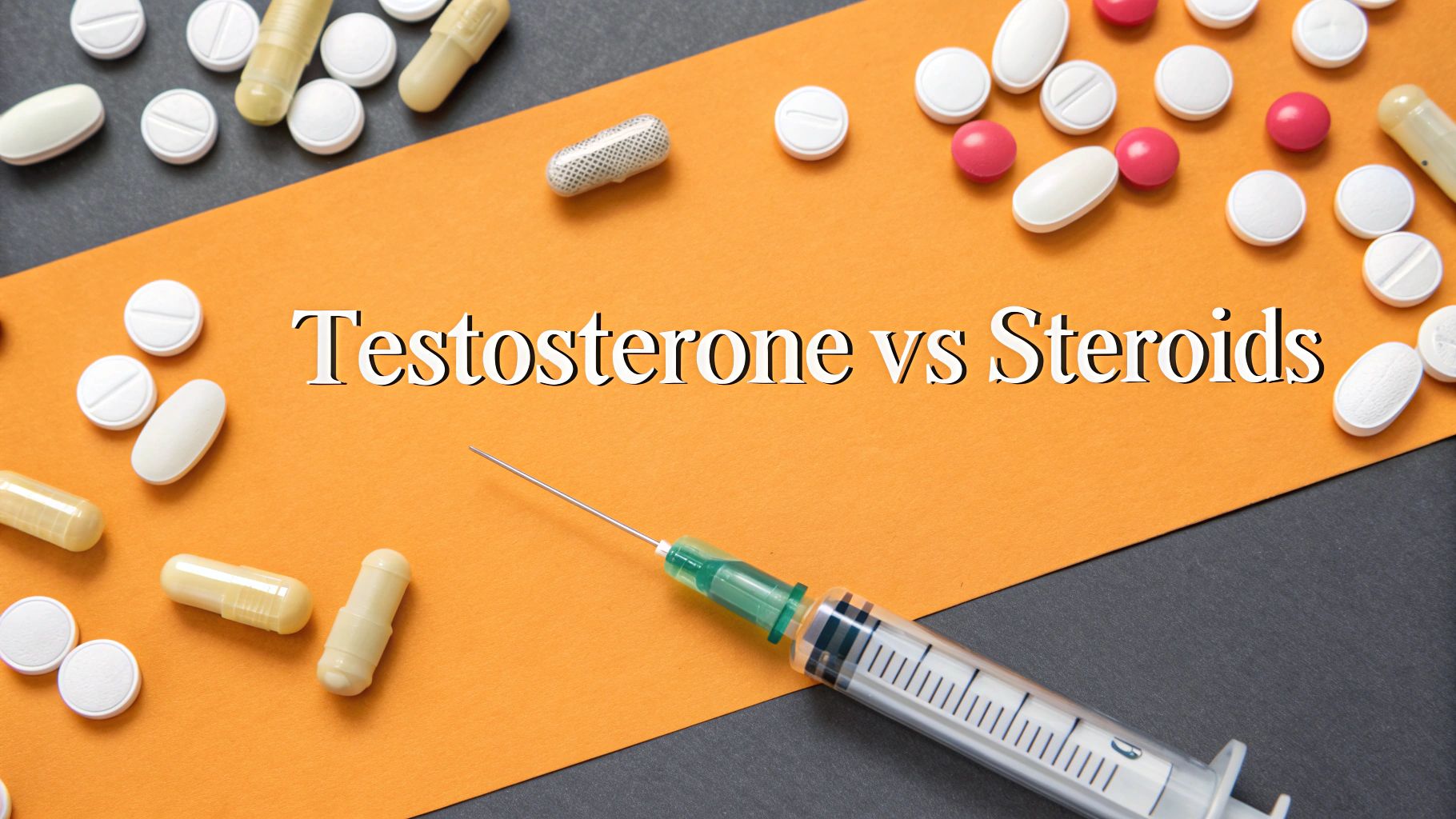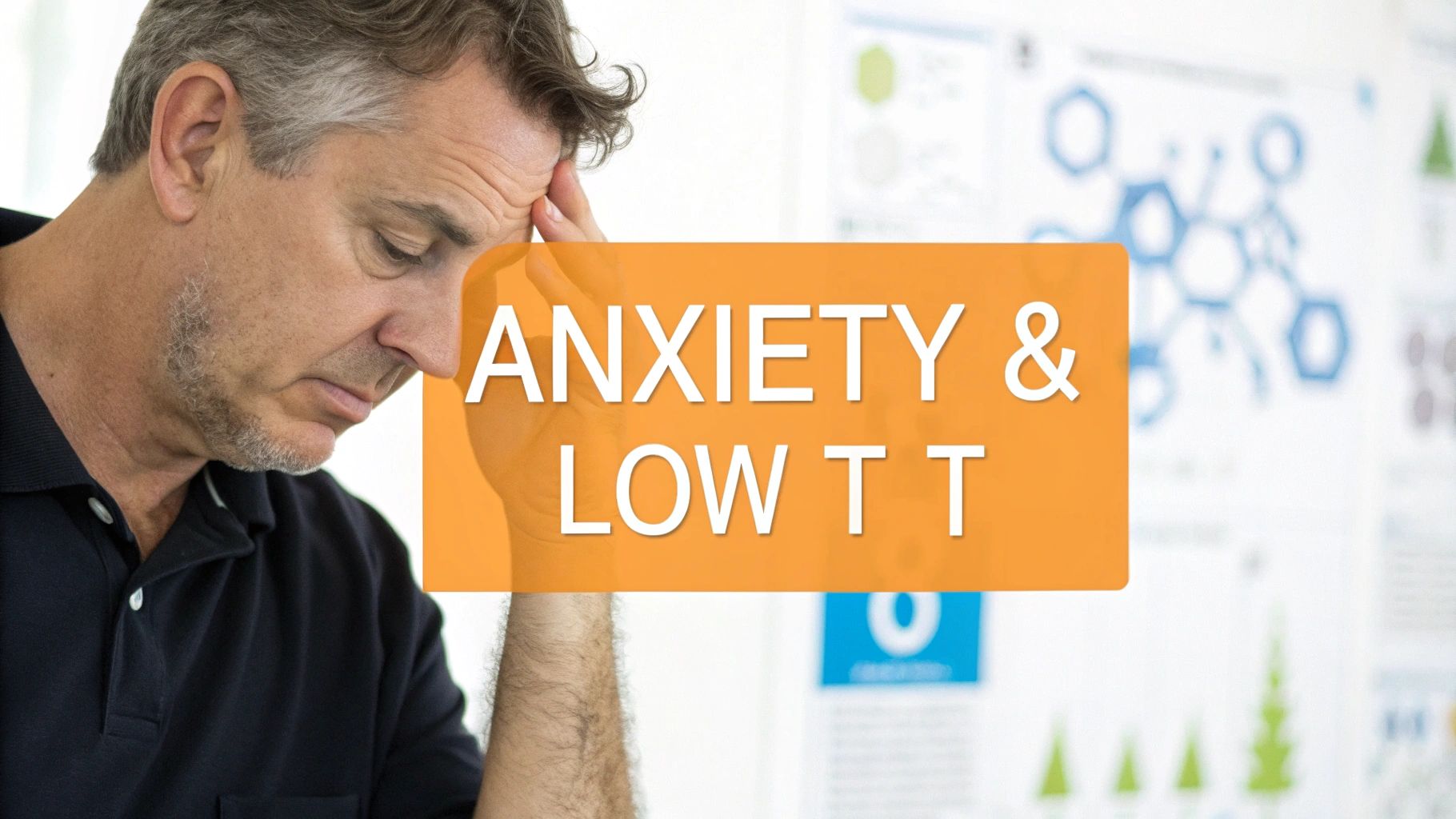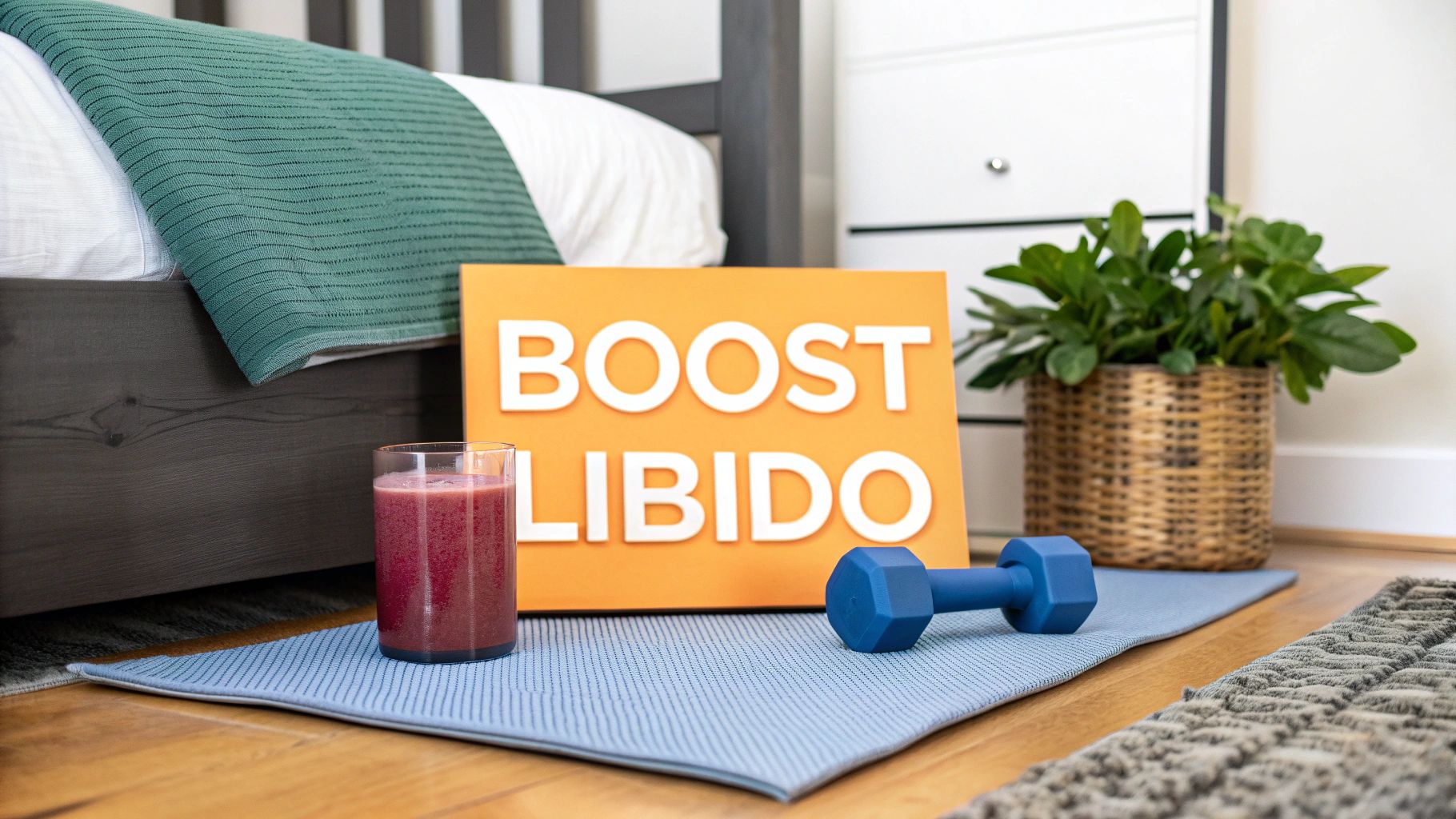How to Get Prescriptions Delivered to Your Door
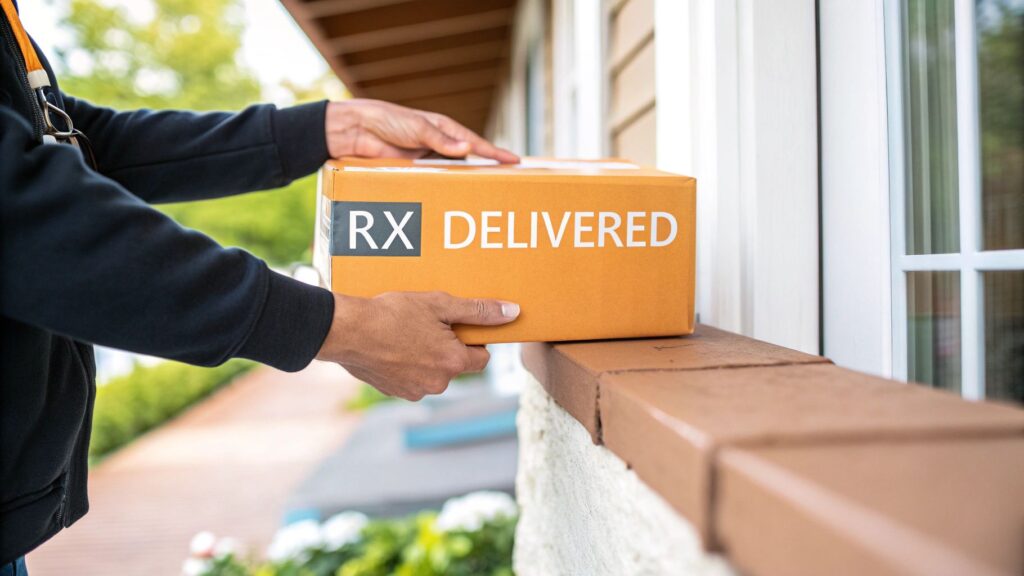
Getting your prescriptions delivered is pretty simple these days. You can go through your local pharmacy's delivery service, use a major retail chain like CVS or Walgreens, or opt for a dedicated online-only pharmacy. In most cases, your doctor just sends the prescription electronically, or you can transfer an existing one, and your medication shows up right at your door.
The Rise of At-Home Medication Management
Getting medication delivered has quickly moved from a simple convenience to a core part of modern healthcare. This shift isn't just about saving a trip to the pharmacy. It’s about taking real control over your health, whether you're a busy professional juggling a packed schedule or someone carefully managing a chronic condition.
For many, prescription delivery is an absolute lifeline. Think about caring for an elderly parent with multiple medications or managing your own long-term illness. Getting prescriptions on time, every time, is non-negotiable. Delivery services cut through the logistical headaches that can easily lead to missed doses.
Why More People Are Choosing Delivery
This growing preference for managing medication at home is showing up in the numbers. The global market for prescription delivery services is expected to hit around $32.61 billion by 2029, a huge leap from $17.64 billion. This boom is mostly driven by the increasing number of people with chronic diseases and a wider demand for more straightforward healthcare solutions. You can find more details on these trends in recent healthcare industry reports.
Beyond the obvious convenience, the benefits are real and make a tangible difference:
- Better Medication Adherence: Automatic refills and timely reminders help you stay on track, which is crucial for managing conditions like high blood pressure or diabetes.
- Support for Caregivers: If you're managing prescriptions for a loved one, having their medications arrive automatically saves a massive amount of time and cuts down on stress.
- Accessibility for Everyone: For people with mobility challenges or those living in more remote areas, delivery services provide vital access to necessary medications without the hassle of travel.
At the end of the day, getting prescriptions delivered is about creating a more reliable, less stressful way to manage your wellness. It puts you in the driver's seat, making sure you have what you need, exactly when you need it.
This approach offers a practical way to weave healthcare into your daily life, making it that much easier for you and your family to stay healthy.
Finding the Right Prescription Delivery Service

Once you decide to get your prescriptions delivered, you’ll quickly find that not all services are created equal. The best choice for you really boils down to your personal needs—what kind of medication you take, how fast you need it, and what level of personal service you prefer. Your options generally fall into three main camps.
First, you can often stick with the pharmacy you already know. Many local and independent pharmacies now offer delivery to compete with the big guys, and they bring a personal touch that larger chains can’t always replicate. This is a fantastic option if you value your relationship with your pharmacist and want that continuity of care.
Then you have the major retail giants like CVS, Walgreens, and Rite Aid. These companies have invested heavily in their delivery infrastructure, often giving you options for same-day delivery in many areas. Their mobile apps and websites make it incredibly simple to manage your refills and schedule a drop-off.
Finally, there are the online-only pharmacies like Amazon Pharmacy, which have completely changed the game. These digital-first platforms are built from the ground up for convenience, often with competitive pricing and smooth integration with telehealth appointments. They’re a great fit if you handle most of your life online and appreciate speed and discretion.
Comparing Your Delivery Options
To help you narrow down the choices, it's smart to compare the different models side-by-side. Each one has its own strengths and is designed for a different type of customer.
A quick look at the table below can help you see at a glance which service style might be the best fit for your lifestyle.
Comparing Prescription Delivery Service Models
| Service Type | Best For | Typical Delivery Speed | Insurance Acceptance |
|---|---|---|---|
| Local/Independent Pharmacy | Patients who value a personal relationship with their pharmacist and want continuity of care. | 1-2 days, sometimes same-day for local customers. | Varies, but most accept major plans. |
| Major Retail Chain (CVS, Walgreens) | People needing medication quickly, including acute prescriptions like antibiotics, and who value mobile app convenience. | Same-day to 1-2 days. | Nearly all major insurance plans. |
| Online-Only Pharmacy (Amazon) | Individuals managing chronic conditions with regular refills who prioritize cost, convenience, and privacy. | 1-5 business days. | Most major insurance plans. |
As you can see, the right choice really depends on what you prioritize—be it speed, a personal connection, or pure digital convenience.
To make the best decision for your health, think about a few key factors:
- Your Insurance Coverage: Before anything else, confirm the service is in-network with your insurance plan. Most platforms have a tool for this, but a quick check can save you from a major headache and unexpected costs.
- The Type of Medication: If you take specialized medications or anything that needs to be kept at a certain temperature, you must verify that the service has the right handling and shipping protocols.
- How Quickly You Need It: Do you need an antibiotic in the next hour, or are you just refilling a monthly prescription? Your level of urgency will immediately point you toward the right type of provider.
Choosing a delivery service isn't just about convenience; it's about finding a partner that fits your health routine. The right service makes medication management feel effortless, giving you peace of mind and one less thing to worry about.
For example, someone managing a chronic condition with predictable monthly refills might lean toward an online pharmacy to take advantage of cost savings and auto-ship features. On the other hand, a parent with a sick kid who needs an antibiotic right away will find the rapid, same-day service from a local retail chain to be a lifesaver.
For a more detailed breakdown, our guide on how to get prescriptions online offers even more insights. Ultimately, by weighing your priorities, you can pick the service that truly fits your life.
Setting Up Your First Medication Delivery
Making the switch to prescription delivery is pretty simple, but knowing the process can help you sidestep any frustrating delays. It all starts with getting your prescription into the new pharmacy's system, whether that's a brand-new script from your doctor or moving an existing one over.
Most people start fresh with a new prescription. After a doctor’s visit or an online chat, you can just ask their office to send the prescription directly to your chosen delivery pharmacy. This is the cleanest way to do it and cuts out a lot of potential back-and-forth. If you're new to telehealth, our guide on how to get an online doctor consultation is a great place to start.
Transferring an Existing Prescription
Already have refills sitting at a local pharmacy? Transferring them is just as easy. When you create your account with the new delivery service, they’ll ask for the details of your current pharmacy and which medications you want to move.
With your permission, they handle the entire transfer for you. It usually takes a day or two for the pharmacies to get everything sorted out, so it’s smart to start the transfer when you still have at least a week of medication left.
Key Takeaway: The single most important thing you can do is make sure your information is perfect. A simple typo in your address or an outdated insurance ID can grind the whole process to a halt. Always double-check everything before you hit submit.
This simple graphic shows you the core steps once your prescription is in the system.

As you can see, the path from submitting your script to tracking your package is designed to be clear and give you control.
Creating Your Account and Finalizing Details
Once the pharmacy has your prescription on file, the last piece of the puzzle is setting up your personal profile. This is where you'll plug in your delivery address, insurance info, and payment method.
Here's a quick checklist to make sure your setup is seamless:
- Verify Your Address: Check that your address is correct and add any special delivery notes, like "leave on the back porch" or a gate code.
- Upload Insurance Information: Grab your insurance card. Most platforms let you scan it with your phone's camera, which is a great feature that helps prevent typos.
- Add a Payment Method: You’ll need a credit or HSA/FSA card on file to cover co-pays and any other out-of-pocket costs.
I learned this one the hard way. When I set up my first delivery, I totally forgot to update my insurance after getting a new card. The order got put on hold, and I received an email alert. A quick update in the app fixed it right away, but it's a good reminder that a few extra minutes of checking details upfront will save you a headache later.
Making Sense of Refills and Complicated Schedules

Anyone juggling multiple prescriptions for a long-term health condition knows it can feel like a part-time job. This is where getting your medications delivered really shines, shifting from a simple convenience to an essential tool for managing your health.
For many, the standout feature is automatic refills. This simple service completely eliminates the nagging worry of running out of a vital medication. When you opt in, the service keeps an eye on your supply and automatically ships the next batch well before you run low. For someone managing diabetes or high blood pressure, that consistency is a game-changer, lifting the mental load of remembering to call the pharmacy month after month.
Syncing Your Medications for True Simplicity
If you're taking several different medications, another incredibly helpful feature is medication synchronization, or "med-sync." The service works to align all your refill dates so that every prescription arrives together in a single, predictable package. No more tracking multiple delivery notifications or stressing that one medication will arrive days before another.
This organized approach is a lifesaver for caregivers who manage medications for a loved one, boiling the entire process down to one reliable delivery date. It's a small change that makes an enormous difference in staying on track. This focus on long-term care is why medications for chronic illnesses make up about 60% of all prescription delivery orders—people need dependable access. You can find more data on these trends in the prescription delivery service market report on businessresearchinsights.com.
By centralizing your refills, you gain complete control. Most delivery services provide a user-friendly app or online dashboard where you can manage your medication history, track shipments in real-time, and adjust schedules with just a few clicks.
This level of control puts you in the driver's seat of your own health management. For example, if you're planning a vacation, you can often request an early refill right through the app to make sure you have everything you need before you leave. It turns a reactive, often stressful chore into a predictable and manageable part of your routine.
How to Be Sure an Online Pharmacy Is Legit
Handing over your personal health information online takes a huge amount of trust. Before you even think about getting a prescription delivered, you have to be absolutely sure you’re dealing with a safe, secure, and reputable provider.
The good news is, there are some really clear signs that separate the legitimate online pharmacies from the sketchy ones.
Look for Official Seals of Approval
In the U.S., a key indicator of a trustworthy pharmacy is official accreditation. You'll want to look for a seal from the National Association of Boards of Pharmacy (NABP).
Their Verified Internet Pharmacy Practice Sites (VIPPS) accreditation is the gold standard. It’s not just a fancy logo; it means the pharmacy has passed strict licensing and inspection requirements, proving they operate to the highest standards.
Check for Digital Safety Signals
Beyond formal accreditation, the pharmacy's website itself will tell you a lot. When your personal data is involved, some simple security measures are completely non-negotiable.
Always check for these digital safety basics:
- A Secure Connection: The website URL absolutely must start with "https://," not just "http://." That little "s" means the connection is encrypted, which is what keeps your information private as it travels from your computer to their server.
- Real Contact Information: A legitimate business will have a physical address and a U.S.-based phone number listed clearly on their site. Be very suspicious of any website that only gives you a contact form to fill out.
- They MUST Require a Prescription: This one is critical. A real, reputable pharmacy will always require a valid prescription from a licensed healthcare provider. Any site offering to sell you prescription meds without one is operating illegally and is flat-out dangerous.
At the end of the day, a legitimate online pharmacy works just like a real-world one. They demand prescriptions, have licensed pharmacists you can talk to, and are transparent with their contact info. If anything feels off, trust your gut—it probably is.
Protecting Your Personal Information
Okay, so you’ve confirmed the pharmacy is the real deal. Now, it’s time to lock down your own account. Use a strong, unique password for your pharmacy account—and never, ever reuse passwords from other sites.
This one simple habit is one of the most powerful ways to keep your sensitive health data from getting into the wrong hands.
Finally, pay attention to how the service protects the medication itself while it's on its way to you. Reputable services use tamper-evident seals on all their packages. For medications that need to stay cold, they’ll use special temperature-controlled packaging to ensure the medicine stays effective all the way from their facility to your front door.
These details might seem small, but they show a serious commitment to your health and safety.
Your Prescription Delivery Questions, Answered

Even with all the clear upsides, it's totally normal to have questions before you switch to getting prescriptions delivered. Knowing the ins and outs of the process beforehand means you can move forward with confidence and no surprises.
Let's start with the big one: cost. The good news is that many pharmacies actually offer standard delivery at no extra charge. You might see a small fee for same-day or rush shipping, but the co-pay for your medication—the part set by your insurance—almost always stays exactly the same.
Handling Special Circumstances
What about medications that are more sensitive or heavily regulated? The rules for delivering controlled substances are tricky and depend on a mix of federal and state laws, not to mention the pharmacy's own policies. Many services won't deliver them at all, while others require an adult to sign for the package and show ID. Always double-check the pharmacy's policy on this before you commit.
Another common question is what happens if you’re not around to receive the package. For most standard deliveries that don't need a signature, the courier will just leave it in a safe spot. But for anything that needs to be refrigerated or signed for, they'll usually leave a notice and try again later. Most services let you set your delivery preferences right in your account.
The best advice I can give is to just ask upfront. A quick call or live chat with the pharmacy’s customer service can clear up any confusion about their specific rules for controlled substances, delivery windows, and what to do if you miss a drop-off.
How to Transfer Your Prescriptions
Most people are surprised by how easy it is to transfer an existing prescription. When you sign up with a new delivery service, you'll just provide the details of your current pharmacy and which medications you'd like to move over. The new service takes it from there, contacting your old pharmacy directly to handle the entire transfer for you.
An even simpler route is to just ask your doctor to send a new prescription straight to the delivery pharmacy from the get-go.
And if you're managing more specialized treatments, having a good grasp of the advantages of hormone replacement therapy can really help guide the conversation with your doctor about your medication needs and the best way to receive them.
Ready to take control of your health with convenient, discreet delivery? Elite Bioscience offers tailored hormone, peptide, and vitamin therapies prescribed by doctors and shipped directly to your door. Explore our solutions and get started today at elitebioscience.co.
QUICK SEARCH
Make an account today to start your journey towards a better and healthier lifestyle.
